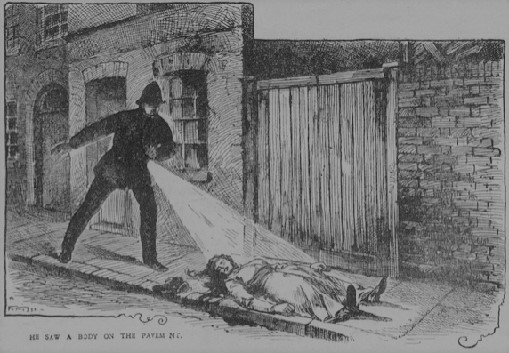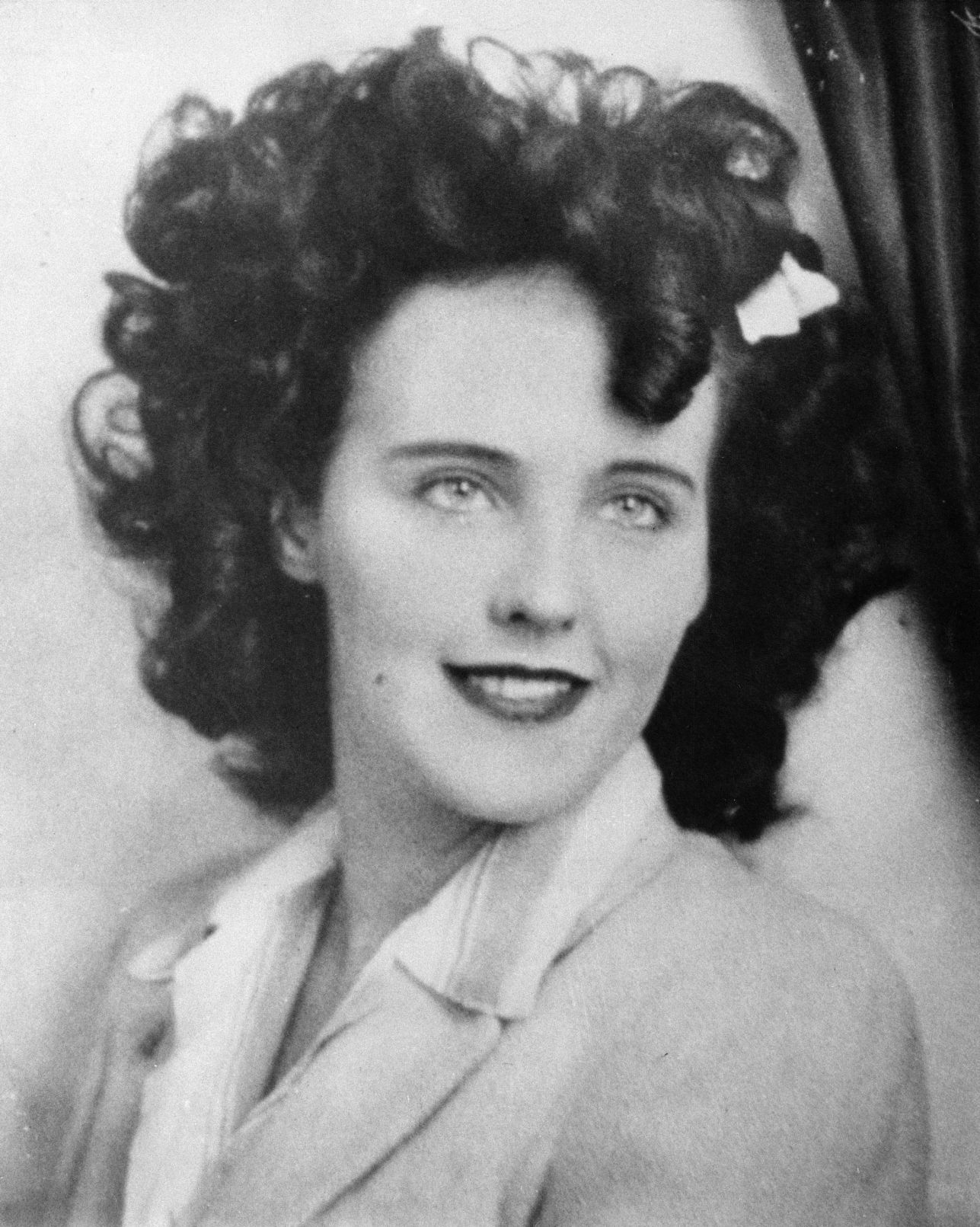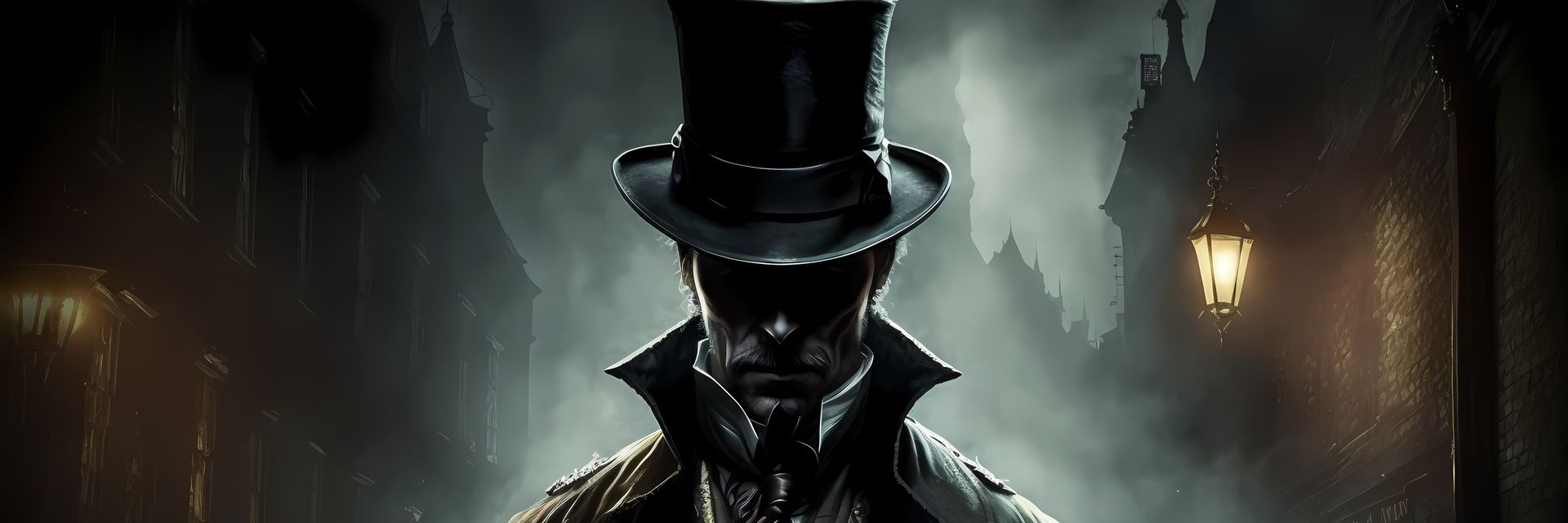From Jack the Ripper to the Zodiac Killer, unsolved murder cases have captured the public’s imagination for a long time. Here, we take a look at the macabre details of these killings – while questioning why they have remained so popular, why unsolved mysteries fascinate us so profoundly, and why certain stories are highlighted by the media far more extensively than others.
◊
In 1888, a series of murders rippled through London’s East End. Already a notoriously sordid place, where prostitutes “disappeared” frequently without much ado, these murders drew attention because of the abhorrent nature of the crimes themselves. Since embarking on this bloody spree back in the late 19th century, “Jack the Ripper” (or whatever his real name was) has dominated headlines, cropping up again and again in both popular culture and in true crime spheres.
What is it about Jack the Ripper that keeps drawing us to his sordid legacy? We could’ve left him to rot in the past, but something makes him reappear in everything from YA novels to true crime documentaries.
According to MagellanTV’s documentary Jack the Ripper: The Invention of the Serial Killer (1888), “This extraordinary case takes us to the very heart of Victorian England’s obsession and fantasies.” Arguably, our modern obsession with true crime exposes truths about contemporary obsessions and fantasies, and reveals unique biases and latent instincts, which we’ll explore later.

Sketch from 1888 of police discovering Jack the Ripper's first victim, Mary Ann Nichols (Source: Public Domain, via Wikimedia)
Personally, though, I’m willing to bet that the most alluring part of Jack the Ripper’s story is the fact that, to this day, his identity remains uncertain. After all, cold cases are the stuff of true crime mythology. Like the best ghost stories, unsolved murder cases call us out into the unknown, into the realm of speculation and mystery. When a case remains unsolved, we’re left with the knowledge that somebody has committed an act of incomprehensible darkness, and emerged unscathed.
So, in the chilling spirit of Jack the Ripper, here are four of the strangest (and most strangely fascinating) unsolved murder cases of all time.
JonBenét Ramsey
JonBenét Ramsey was a six-year-old beauty queen who was murdered in her home in 1996. Since then, tabloid headlines have been splashing her name across grocery store checkout lines across the nation.
What we know for certain is that JonBenét Ramsey went to bed on Christmas Eve, and was purportedly found dead in the basement eight hours later by her father, John, with her skull smashed in and a garrotte tied around her neck.
The case set off a frenzy. One of the reasons that it has stuck around in the public’s memory for so long is that there are a number of odd, contradictory details. For example, the ransom note the Ramsey family discovered after JonBenét’s disappearance was three pages long, going on and on about the killer’s plans to “kidnap” JonBenét. Also, suspiciously, the letter asked for $118,000 for the child’s return – a number that happened to be the exact amount of money that John Ramsey received as a Christmas bonus that year.

Gravesite of JonBenét Ramsey (Source: Taurusrus, Panoramio, via Wikimedia Creative Commons)
Suspicions often seemed to point towards JonBenét’s parents, and even her older brother, but no conclusive proof was found. The strange evidence only continued to accumulate; there have been a number of false confessions, a still-unidentified boot print at the scene of the crime, and many more contradictory details.
When it comes down to it, JonBenét Ramsey’s death shook the nation to its core. To some, her death seemed to embody a tragic loss of innocence; and the rabid media coverage that ensued was a circus that fed off of it, and still feeds to this day. To others, the case must never be allowed to slip into obscurity, because JonBenét’s killer could, after all, still be walking among us.
Black Dahlia
Arguably the most famous murder case ever to rattle the U.S., this killing occurred just after the conclusion of World War II, and was one of the first such mysteries to capture the attention of the entire nation.
In 1947, the horrifically mutilated body of Elizabeth Short was found in a parking lot in Los Angeles. Short was living on Hollywood Boulevard and working as a cocktail waitress at the time. Soon enough, the media picked up the case. They dubbed Short the “Black Dahlia,” and since then, the case has spread like wildfire, inspiring film after film and story after story.
“The basic rule of homicide applied: nothing stays buried forever. Corpses. Ghosts. Nothing stays buried forever. Nothing.” —Officer Dwight “Bucky” Bleichert, in the film Black Dahlia
Some believe that the sheer gruesomeness of the murder has caused it to linger in our memory, but others believe that the case – with its elements of Hollywood, fame, female hypersexualization, and a woman lost in the belly of the beast that is the Hollywood machine – is what has made it fodder for so many true crime fans.

Elizabeth Short (Source: Los Angeles Police Department, Public Domain, via Wikimedia)
The case has been cold for a long time, but some think the killer was a man named George Hodel, a surgeon suspected of a variety of other violent acts. Still, a killer has never been conclusively identified.
The Zodiac Killer
The Zodiac Killer terrorized California over half a century ago, but his strange case has continued to engross amateur detectives and true crime aficionados alike. This killer made himself known not only for the brutality of his murders, but also for his tendency to taunt the police.
“Why are you so interested in crime?” people ask me, and I always go back to that moment in the alley, the shards of a dead girl’s Walkman in my hands. I need to see his face. He loses his power when we know his face. —Michelle McNamara, author of I’ll Be Gone In the Dark: One Woman’s Obsessive Search for the Golden State Killer
In 1972, the Zodiac Killer sent a series of teasing letters to the local Bay Area press. These letters contained a total of four cryptic cyphers, only one of which has been solved. Initially, the covers made the front pages of the newspapers, but then the presses began receiving an overwhelming amount of fake mail – which still floods them to this day.
According to the Zodiac Killer’s own testimony, he killed up to 37 people, though investigators agree on just seven victims, two of whom survived. He has also cemented himself in pop culture, and has been featured in dozens of films, movies, songs, and video games.
Jack the Ripper
And now, we are back to where we (and possibly all of this) began: with Jack the Ripper, wandering through the London fog. The horrendous nature of his crimes – which involved disemboweling, removing kidneys, mutilation, and other horrendous acts that hinted at a uniquely nefarious ulterior motive – made “Jack” the first serial killer to pique the public’s attention.
In many ways, Jack was a precursor of those who would come after him. For example, like the Zodiac Killer, he interacted extensively with the press. According to MagellanTV’s documentary Jack the Ripper: Tabloid Killer, in 1888, Jack the Ripper sent a letter to the press in which he “claimed to be the most famous murderer in history.” The documentary goes on to suggest that Jack the Ripper actually may have been nothing more than a fictional character, created by a man who wanted to be known in history as a monster. He would probably be quite happy about all the media attention he’s received – after all, his story has made its way across the pond into American pop culture’s bloodstream, reappearing like a recurring nightmare.
So, Why Are We Fascinated By Serial Killers and Unsolved Murders?
Each of these four cases has generated rabid media coverage, begging the question: Why are we so fascinated by serial killers, unsolved murders, and violent crimes in general?
While there’s no simple answer to this question, there are some reigning theories. Many argue that the media’s tendency to sensationalize crime is partly to blame. Around the 1980s, the FBI began to publically share information about how they cracked murder cases, and soon serial murders became intertwined with subjects like psychology and criminal justice. Subsequently, the public’s interest in them turned into a more academic and less taboo endeavor, because people felt that killers could offer valuable insight into the dark, twisted labyrinths of the human mind.

The all-too-familiar yellow crime scene tape (Source: kat wilcox, via Pexels)
Some propose that perhaps fans of true crime actually turn to the genre to feel a semblance of control or even power. “We watch because we are fascinated by the psychopath, how he or she thinks, what motivates him/her, and what he/she will do next. If we can figure this out, we feel we can be one step ahead of him/her,” said M. William Phelps, the writer and creator of the TV show Dark Minds. According to this logic, we’re interested in learning about serial killers because biologically, we’re wired to pay close attention to what horrifies us, so we can outsmart the killer when he comes to our door.
Others argue that we are interested in true crime for the same reason we slow down next to a car wreck – we simply cannot look away from a crash.
“You would pay attention to, and have interest in, the horrific, because in the ancestral environment, those who ‘tuned in’ to horrible events left more descendants, logically because they were able to escape harmful stimuli.” —Dr. Marissa Harrison, associate professor of psychology at Penn State University
Another explanation for why we might love true crime: It brings us face-to-face with mortality. Although death is often seen as a taboo topic in American society, a multitude of religions and thinkers – from the Gnostics to Greek and Roman philosophers to Tibetan Buddhists – believe that contemplating death is an important and beneficial part of life. Meditating on death can actually create a shift in political beliefs, and it can even lead us to become more religious, as we begin subconsciously seeking a road to immortality.
True crime – especially when it revolves around gruesome deaths – has become a socially acceptable way of thinking about death and the ephemerality of existence, which could play a role in its widespread popularity.
Why Are Certain Serial Killers Prioritized Over Others?
From Jack the Ripper’s terrorization of prostitutes to the Black Dahlia’s hypersexualized demise, each of these crimes has one particular thing in common with the rest: Nearly all of the victims were white women. Why does the media cover some cases with such rabidity, while letting others fall into the dust?
While the smiling faces of pretty young blonde girls have been dominating the tabloids and the public’s imagination, hundreds of women have died in the Mexican city of Ciudad Juárez. Many of them do not even receive a police investigation, as suspicious deaths in that city are unfathomably common.
It is estimated that between 1993 and 2011, 1,500 or more women have been murdered in Juárez, and the number has continued to rise. The phenomenon has grown so extreme that it is often referred to as a “femicide,” and the women’s mutilated bodies are constantly discovered in the surrounding desert. This is just one of the many examples of violence that women, specifically women of color, face around the world every day.

Mural commemorating the assassination of journalist and librarian Helena Jubany, 2001, in Catalonia (Source: Jove, via Wikimedia Commons)
So while we relentlessly obsess over the aforementioned serial killers, we might exercise more critical judgment and turn our attention to more systemic murders and forces of oppression, refusing to turn a blind eye to cases that don’t only involve specific types of women and girls.
On the other hand, one can’t be blamed for chasing after the identity of a mysterious, bloodthirsty killer. After all, as author Michelle McNamara wrote, her experiences studying true crime showed her that “Inside everyone lurks a Sherlock Holmes that believes that given the right amount of clues they could solve a mystery.” Understanding that this dark curiosity can actually be beneficial, she concludes with this question: “If the challenge here, or perceived weakness, is that the unsolved aspect will leave readers unfulfilled, why not turn that on its head and use it as a strength?” At the very least, when studying serial killers and their awful crimes, perhaps we might focus on figuring on how to stop them.
Ω
Title image: A.I.-Generated Jack The Ripper Villain by user fszalai via Pixabay.

